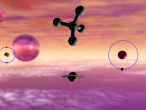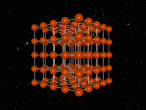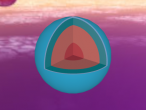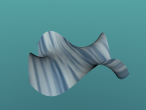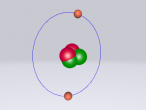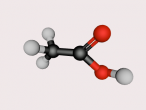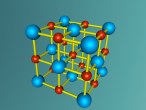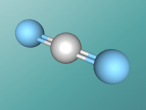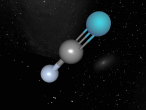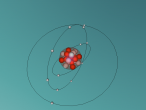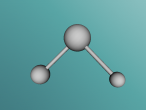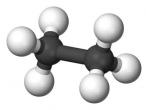Science
NaCl Lattice Blog Entry FINAL (Ryan Gray ASC091C)
By Ryan Gray ASC091C
This model is of a salt crystal lattice, with the chemical formula NaCl. Its different properties allow it to have many uses in society, including as a preservative, flavouring and currency. Salt demonstrates ionic bonding and its structure makes it interesting to model, because the crystal lattice can continue on forever and doesn't have a specific number of atoms like water does, with each water molecule consisting of one oxygen and two hydrogen atoms. For the purposes of this project, I limited my model to a 3x3x3 cube so it could be easily seen. The distance between the atoms was also expanded to allow the bonds to be more clearly viewed.
Carbon Dioxide
Carbon dioxide is all around us: the bubbles in soda, dry ice for refrigeration and the gas in some fire extinguishers.
Carbon dioxide has a chemical formula of CO2, was 'discovered' in the 1750's by a Scottish physician Joseph Black and makes up 0.04% of the Earth's atmosphere.
In this blog post I will discuss carbon dioxide; the composition, structure and characteristics as well as its emissions.

HydROgEn cYAnIde
Atoms are the building blocks of all matter that we can touch, affect and be affected by. They each contain varying numbers of protons, electrons and neutrons that make up hundreds of thousands of different elements, molecules and compounds used both by nature and humans. These can range from a simple oxygen molecule (O2) to more complicated compounds such as Methamphetamine, C20H15N. One such molecule is HCN; Hydrogen Cyanide.

Ammonia by Raymond Liu
Ammonia, also known as NH3, is a basic chemical compound made up of three hydrogen atoms and one nitrogen atom. It has a melting point of -77°C and a boiling point of -33°C.
- 2 comments
- Read more
- 3445 reads

2nd DRAFT for MAGNESIUM ATOM
Dear Teachers,
This is our draft of magnesium atom, just to check whther this publishses properly or not (NOT A FINAL). Draft Atomic structure created by Haritha. B and Krupesh. M.
KOH Pottasium Hydroxide Molecule Layke Ellison Final
Potassium Hydroxide is a pretty uncommon chemical around your house compared to H20 (Water), NaCl (Salt) and O2 (Oxygen). However, if you are ever holding a bar of soap, a bottle of hairspray, some fertiliser or even food stabiliser, that may possibly be containing some potassium hydroxide. This blog will include information on the Potassium Hydroxide Molecule, what it contains and how it is structured, the 3D model of the Potassium Hydroxide Model and the issues and questions I had with the whole task.
Ethane Molecule
Ethane is a compound that is a byproduct of petroleum processing, and can then be processed to create plastics and ethanol. It is a versatile chemical, and it is also found on other planets, not just Earth. This discovery has scientists interested in Ethane. Ethane’s chemical formula is C2H6 as shown in the diagram below. This blog will discuss the properties, composition, characteristics, and structure of ethane, as well as the uses of ethane, and compounds derived from ethane, as ethane is mainly converted into other molecules.








